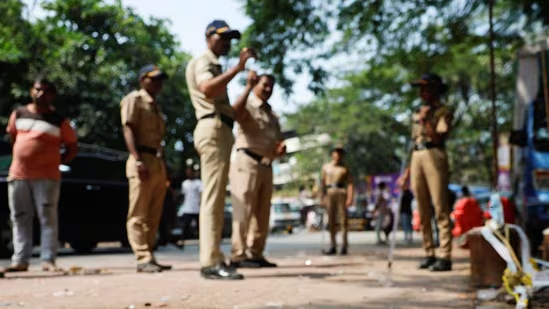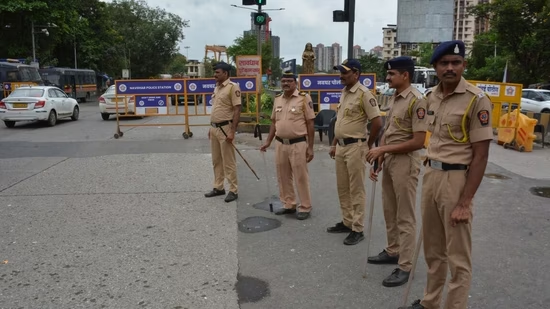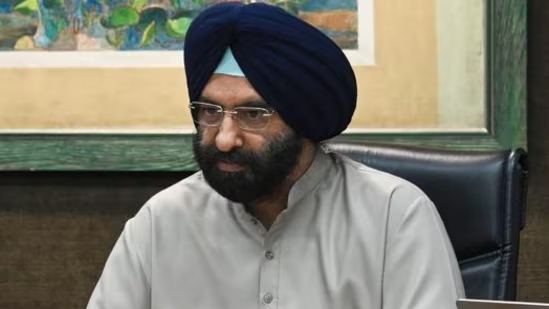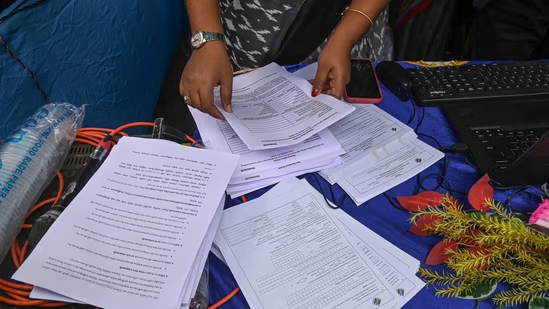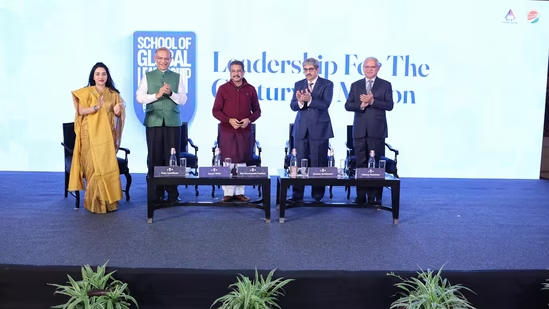₹ 2,000 Notes Withdrawn: A majority (89 per cent) of the ₹ 2,000 notes were issued before March 2017, and are at the end of their estimated life span of four to five years.
New Delhi: The ₹ 2,000 banknote was introduced in November 2016 under Section 24(1) of the RBI Act, 1934 — which allows the central bank to issue notes of any denomination not exceeding ₹ 10,000 — primarily to meet the currency requirement of the economy “in an expeditious manner” after the big demonetisation exercise, in which the legal tender status of all ₹ 500 and ₹ 1,000 banknotes in circulation at that time was withdrawn, the Reserve Bank of India has said.
“With fulfilment of that objective and availability of banknotes in other denominations in adequate quantities, printing of ₹ 2000 banknotes was stopped in 2018-19,” RBI said.
RBI Governor Shaktikanta Das today said the exercise is part of the “currency management system” of the central bank, and said there’s no reason to rush to banks as people have four months to change or deposit ₹ 2,000 notes.
Mr Das said the bank expects most notes to come back. “We’ll decide what to do next after September 30. But it will continue as legal tender,” he said and assured the people, even those living in foreign countries, that the RBI will be sensitive to all their problems.
Rs 2,000 notes in numbers
A majority (89 per cent) of the ₹ 2,000 notes were issued before March 2017, and are at the end of their estimated life span of four to five years, the central bank further said, highlighting that ₹ 2,000 notes are not commonly used for transactions.
“The total value of these banknotes in circulation has declined from ₹ 6.73 lakh crore at its peak as on March 31, 2018 (37.3% of Notes in Circulation) to ₹ 3.62 lakh crore constituting only 10.8% of Notes in Circulation on March 31, 2023,” RBI said.
RBI also has adequate stock of banknotes in other denominations, it said.
What is the “Clean Note Policy”
Rs 2,000 notes have been withdrawn under the central bank’s “Clean Note Policy”.
The objective of RBI’s “Clean Note Policy”, introduced in 1999, is to provide good quality currency notes and coins while the soiled notes are withdrawn out of circulation. The Reserve Bank had then instructed the banks to issue only good quality clean notes to the public and refrain from recycling the soiled notes received by them over their counters.
Several other steps were taken, including directing banks to do away with stapling of note packets and to introduce banding the packets with paper/polythene bands so that the life of the currency notes is increased. People were also urged not to write on the currency notes, and banks were instructed to provide unrestricted facilities for the exchange of soiled and mutilated notes. As per the Reserve Bank instructions, currency chest branches of the banks must offer, even to non-customers, good quality notes and coins in exchange for soiled and mutilated notes.
How the exchange facility will work
India’s biggest public bank, the State Bank of India, yesterday clarified that no form or slip would be required while exchanging or depositing ₹ 2,000 notes.
Government sources have said people can exchange ₹ 2,000 rupee notes up to ₹ 20,000 any number of times in a day. A person has to stand in a queue, and they can keep coming back and stand in the same queue after exchanging the money, they said. The upper limit of ₹ 20,000 is to ensure operational convenience and to avoid disruption of regular activities of bank branches.
The exchange facility begins on May 23 and will continue till September 30. The RBI may extend the deadline to exchange or deposit the notes from September 30 if needed, but even if anyone has a ₹ 2,000 note after the current deadline, it will remain a valid tender, sources told NDTV.
It is not necessary for a person to be a customer of a bank to exchange the soon-to-be-discontinued currency with them.
RBI’s instructions to banks
The RBI clarified that people don’t have to pay any fee to avail of the exchange facility. Further, banks have been instructed to make arrangements to reduce inconvenience for senior citizens and persons with disabilities who wish to exchange or deposit ₹ 2,000 banknotes.
In a fresh circular to banks today, RBI has directed them to maintain daily data on deposits and exchange of ₹ 2,000 notes in a simple, fixed format. It has also asked them to provide facilities like shaded waiting spaces, and drinking water to customers, considering summer.
RBI had undertaken a similar withdrawal of notes from circulation in 2013-2014.






